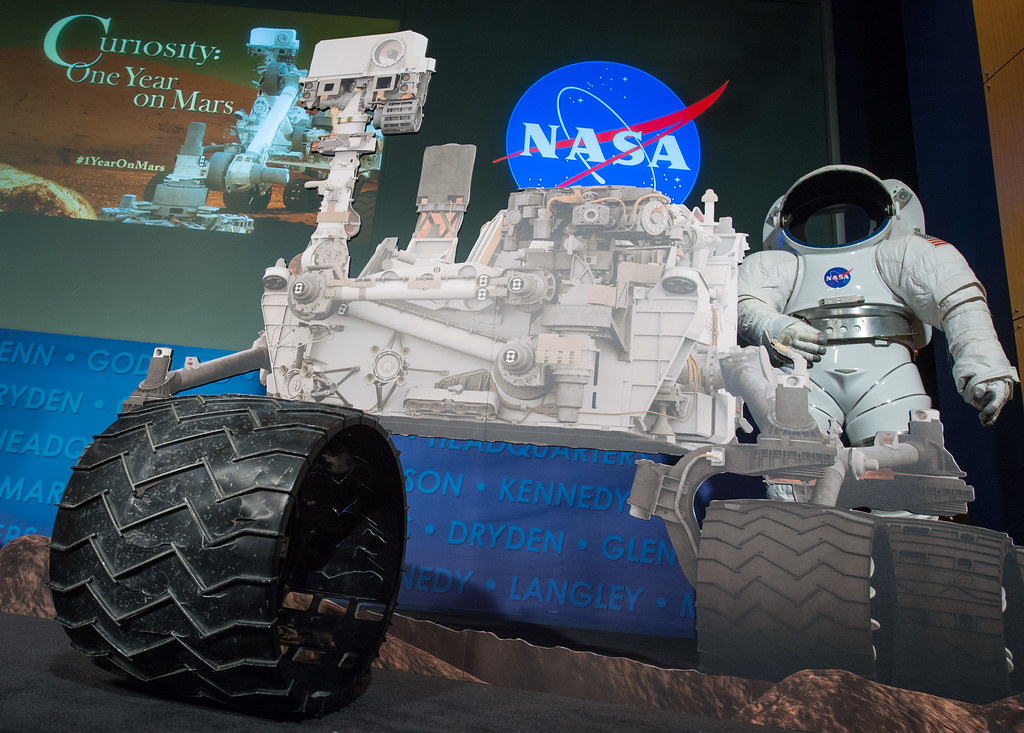Source: NASA
40 Earth years ago (or 21 Martian years, since a Martian year lasts 687 Earth days), we landed our first probe on Mars. Basically, this was NASA's way of telling the world "the Moon landing wasn't enough". These weren't just wimpy probes that crashed into the planet without doing any science ... they did work!
A large chunk of today's common knowledge about Mars came from these probes with their 70s fashion and style. According to NASA:
"NASA's Viking 1 and 2 missions to Mars, each consisting of an orbiter and a lander, became the first space probes to obtain high resolution images of the Martian surface; characterize the structure and composition of the atmosphere and surface; and conduct on-the-spot biological tests for life on another planet. Viking provided the first measurements of the atmosphere and surface of Mars. "
For more info, check out the 40th (and 21st) anniversary video below!







